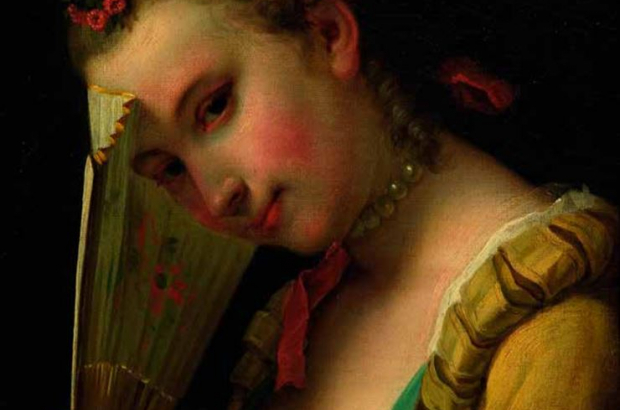- Daily & Weekly newsletters
- Buy & download The Bulletin
- Comment on our articles
Art for everyone: European artworks spanning 700 years find new home in the Ardennes
A new museum of didactic art opened in Wallonia in autumn 2018, with a collection of more than 300 works spanning 700 years of Western art history. Housed over four floors in a renovated 19th-century presbytery in the picturesque village of Redu, Mudia is a private venture by Eric Noulet whose collection includes celebrated works by the likes of Picasso, Modigliani, Magritte, Kandinsky, Brueghel and Léger, as well as photography, film and comic art.
The range spans from the Middle Ages to the present day and is arranged to take visitors on a hands-on interactive art history journey through the years. It’s diverse, covering Primitive Flemish art, Rococo, Classicism, Cubism and Pop Art, right through to comics and graphic novels. The multimedia includes an animated version of The Temptation of St Anthony by Hieronymus Bosch, where several of the fantastical characters come to life in the triptych. Animations are triggered by a QR code given to each visitor, which also triggers the language of the animation (French or Dutch).
Interactivity
This sets Mudia apart from other big art museums, curator and director Karlin Berghmans explains. “It’s not about just seeing the artwork, it’s more of an interactive tourist attraction, with games and multimedia that help you discover the evolution of European art,” she says. “Art galleries often only include very brief explanations alongside displayed work, but Noulet wanted to make the art come alive for people. What you see is Noulet’s passion for the evolution of art. He is not interested in just one period or one artist.”
The idea behind the interactive multimedia at Mudia is to make the art accessible for parts of the population who don’t have a knowledge of European art history or who usually feel out of place in art museums. Noulet wanted to do this by answering the most common questions that arise about the work and did much of the preliminary research himself. “Questions from younger generations on why people don’t look that realistic, or why they have large heads, as well as the stories behind some of the more allegorical works,” says Berghmans.
'The most important thing is that they have fun'
Comic art takes up one whole room and includes pieces by Belgian artist Hergé, creator of Tintin. Noulet’s collection is also augmented with works lent from Belgian, French and Luxembourg art collections. The rhythm of the visit is fairly fast “so it’s not too saturating for families, and especially people who feel an art museum is not for them,” explains Berghmans. “The most important thing is that they have fun finding out.”
Having trained as an art historian, Berghman comes to Mudia from curating at Bastogne War museum. Her favourite pieces are Kandinsky’s Les Arabes from 1909, and Fernand Léger’s Composition Cubiste painted in 1929. “It’s fantastic to be around them. What’s new for me is that I feel the same emotion seeing the Hieronymus Bosch painting come to life with animated characters,” she says.
Housing the museum in Redu, in the heart of the Ardennes, was both a financially and personally motivated decision. Already popular because of the high number of specialist book shops that line its little streets, the village attracts around 200,000 national and international visitors a year. “It was a strategic decision, since the museum is entirely a private venture, but it also has another layer, because it’s where Eric Noulet met his wife,” says Berghman.
This article was first published in the Wab magazine, autumn 2018



















